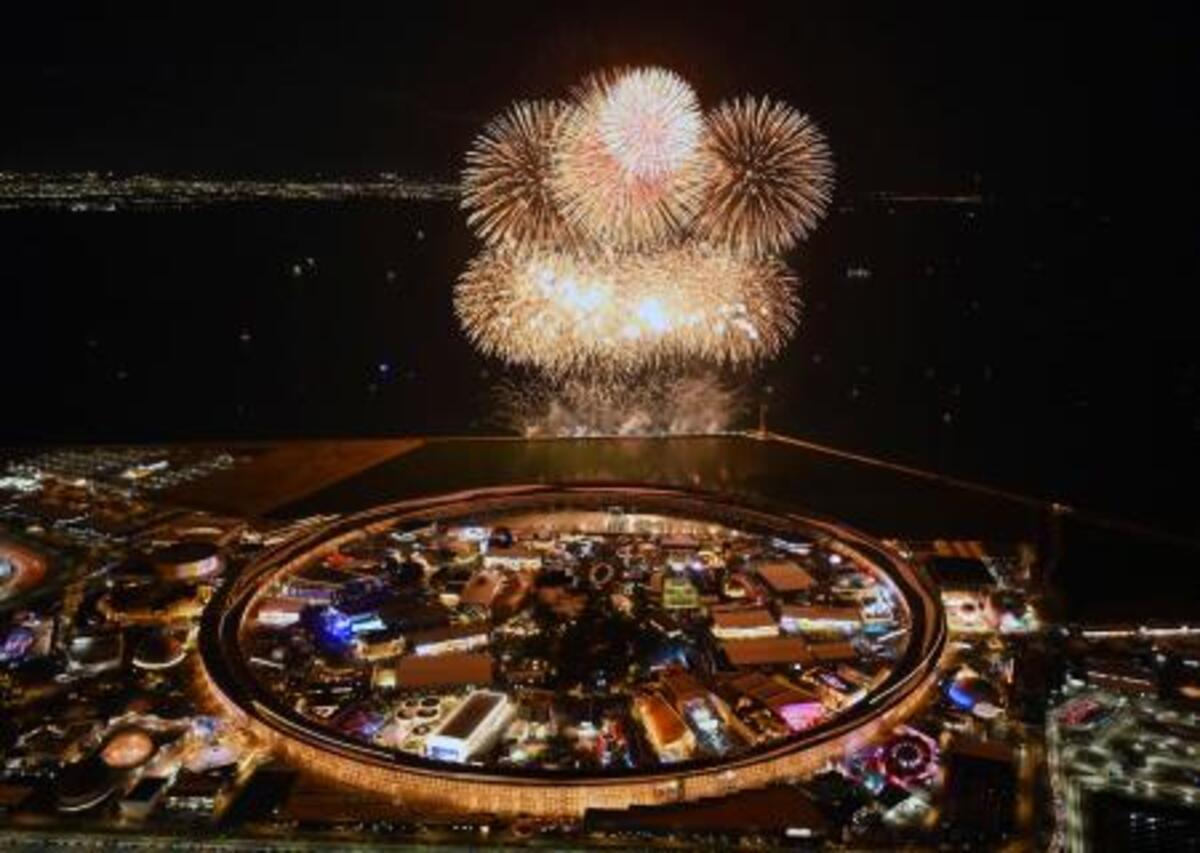Nintendo and Koei Tecmo have earned a loyal fan in me over the course of several Warriors collaborations and spinoffs spanning the last decade and more. What I’ve particularly admired is that Koei Tecmo isn’t simply strapping fan-favorite characters onto the Musou formula. Instead, they’re augmenting that formula by adapting mechanics unique to the franchises they handle. This was clear in *Hyrule Warriors: Age of Calamity* and *Fire Emblem Warriors: Three Hopes*, and now it’s happening again with *Age of Imprisonment*. Only this time, Koei Tecmo has harnessed the power of the Switch 2 to deliver a much better-performing game that serves as a worthy spinoff to the excellence of *Tears of the Kingdom*.
—
### Crisis in Ancient Hyrule
Building on the events of *Tears of the Kingdom*, *Hyrule Warriors: Age of Imprisonment*—much like *Age of Calamity*—delves into events teased but never fully explored in the main game. This time, the focus is on the war between the original King of Hyrule, Rauru, and the Gerudo chieftain turned Demon King, Ganondorf.
If you played through *Tears of the Kingdom*, you likely know how this conflict unfolds. Yet, *Age of Imprisonment* provides an in-depth narrative that reveals Zelda’s struggle to reunite with Link in the future.
The game also gives players much more time with characters who only appeared on the periphery in *Tears of the Kingdom*. While Zelda and Rauru are well-known by now, *Age of Imprisonment* shines a spotlight on many faces we only briefly saw in the fragmented Memories of *TotK*. These include the original Sages, the Zora Queen Qia, Rito Elder Raphica, Gerudo Chief Ardi, Goron Chief Agraston, and Rauru’s sister—the Sage of Spirit, Mineru.
We’re also introduced to new characters such as the Korok Calemo and the Mysterious Construct. While the latter serves as a gameplay stand-in for Link, it incorporates unique aspects and story elements that make it a compelling and worthwhile substitute.
Like *Age of Calamity*, *Age of Imprisonment* takes some liberties with the story of *Tears of the Kingdom*. The main plot points remain consistent with the original story, but the presence of the Mysterious Construct, Calemo, and other new elements introduce intriguing twists and fresh directions.
—
### Presentation and Visuals
Gameplay-wise, *Age of Imprisonment* is magnificent. The action is crisp and smooth, with expansive, beautiful battlefields full of vibrant characters and enemies rendered in the lush style fans expect from the *Breath of the Wild* era.
Whether playing in Docked or Handheld Mode on the Switch 2, battles and in-mission action run seamlessly. The only visual shortcoming lies in the cutscenes, which are sometimes noticeably lower in frame rate and can stutter, breaking the otherwise smooth flow.
—
### Audio and Music
Music was one area where I found *Age of Imprisonment* surprisingly underwhelming. I consider *Age of Calamity* to have one of the best game soundtracks ever, and *Fire Emblem Warriors: Three Hopes* also boasted a strong OST.
While *Age of Imprisonment*’s music is not bad, and it does thematically echo *Tears of the Kingdom*’s aesthetic in certain battle tracks, much of the battle music felt like droning background noise—particularly during key moments. For example, the stage where Ganondorf becomes Demon King and forces Rauru, Zelda, and the remaining Hyrule Kingdom to make a desperate escape deserves an intense, fiery battle track, not just background ambience.
We’ve definitely heard better from the *Hyrule Warriors* series, and I simply wished for a soundtrack that matched the game’s improved visuals and narrative intensity.
—
### Hone Your Sacred Power
For me, the *Hyrule Warriors* series is probably my favorite iteration of the Musou genre because of how deeply it incorporates mechanics from the main games it’s based on. The developers could have easily slapped a Musou gameplay style onto the Zelda universe with little adaptation (and they have before), but that’s not the case here.
*Age of Imprisonment*, like *Age of Calamity*, features many unique *Tears of the Kingdom* elements that make combat engaging and fresh.
At its core, the game plays like other Musou titles: you control your favorite characters and battle through massive maps packed with outposts, enemy commanders, bosses, and main objectives.
Koei Tecmo’s improvements shine through with features like the ability to select and direct uncontrolled characters to various objectives, such as escorting allies. Combat feels satisfying—you weaken enemies before unleashing special attacks that clear foes in spectacular fashion.
One of my favorite characters is Calemo, the Korok—a delightful little rascal who uses different elemental seeds in combat depending on where the combo string ends. This is particularly effective when exploiting enemies’ elemental weaknesses. Plus, Calemo has the hilarious move of tossing a full hornet hive at enemies when things get serious.
—
### Unique Combat Mechanics: Zonai Devices and Skill Attacks
Where *Age of Imprisonment* really sets itself apart is in its use of Zonai Devices and Skill Attacks.
Throughout the game, enemy leaders perform attacks that can be countered with specific skills, allowing you to interrupt and stun them. For example, if an enemy uses a jumping attack, countering with an anti-air skill or a Zonai Device like the Cannon can knock them right out of it. When an enemy uses a defensive move, applying a shield-breaking skill or the Zonai Bomb can shatter their defenses.
Each character can equip a combo of five skills and Zonai Devices. But don’t sweat it if one character lacks a particular counter—another key system supports this.
If an enemy uses an attack you can’t counter with your current character, but a nearby uncontrolled ally has the counter skill, you’ll sometimes be prompted to switch to them. They’ll automatically launch the counter, dealing damage and building your Sync Meter—probably my favorite feature in *Age of Imprisonment*.
—
### Sync Attacks: Tandem Power
When the Sync Meter between two characters fills, they can execute a unique Sync Attack based on their combination.
For example, Zelda and Rauru combine powers of Light to unleash two controllable beams, culminating in a powerful combined blast. Meanwhile, Zelda and Mineru’s attack features Mineru calling in her Zonai Mech Construct, which Zelda pilots to rain down strikes and lasers.
Some Sync Attacks recycle certain elements depending on the character duo, but they are generally devastating and exciting additions to the offensive toolkit.
—
### Structure and Sidequests: A Mixed Bag
*Age of Imprisonment* is divided into chapters with story missions that drive the narrative forward. Most of the main missions are engaging and enjoyable, making the story worth exploring.
However, one of my long-standing criticisms of Warriors games crops up here again: sidequest padding.
Between main missions, you’ll encounter numerous side tasks. Some are worthwhile—they unlock shops, or power up characters’ health, basic attacks, and skill attacks.
Unfortunately, many side battles feel repetitive, taking you to previously visited battlefields to fight familiar enemy variants. There’s also a territory-liberation system where you must protect regions of the Hyrule map from Ganondorf. While thematically appropriate, defending these areas often feels like repetitive chores.
Although some side activities are skippable, many aren’t because leveling up your characters is essential for tougher story battles. This pacing issue can make the stretches between major moments feel like a grind.
—
### To Arms, for the Future of Hyrule
Overall, *Hyrule Warriors: Age of Imprisonment* stands as an excellent companion to *Tears of the Kingdom* and a fantastic evolution of the Musou style.
Trying out Switch Skills and Sync Attacks across nearly every character pairing quickly became one of my favorite aspects. I hope Koei Tecmo continues to explore similar mechanics in future titles.
I love how deeply *Tears of the Kingdom* features like Ultrahand and Zonai Devices are woven into character moves. Mineru is an absolute queen—throwing Zonai mastery around the battlefield is a blast. Rauru shines with his Ultrahand and Spear of Light, and the rest of the cast offers unique and memorable gameplay styles.
Calemo and the Mysterious Construct inject just enough novelty to keep combat fresh, even though we all know how the overarching story concludes.
—
### Final Thoughts
While I wish the soundtrack had fired on all cylinders, it’s a minor complaint in an otherwise strong sequel that improves on so many fronts.
Whether Nintendo will consider *Age of Imprisonment* canon is uncertain, but if this is the final chapter of the *Breath of the Wild* era, it’s a remarkable send-off.
—
*This review is based on a digital copy of the game for Nintendo Switch 2 supplied by the publisher.*
*Hyrule Warriors: Age of Imprisonment* releases on November 6, 2025, for Nintendo Switch and Switch 2.
https://www.shacknews.com/article/146650/hyrule-warriors-age-of-imprisonment-review-score




